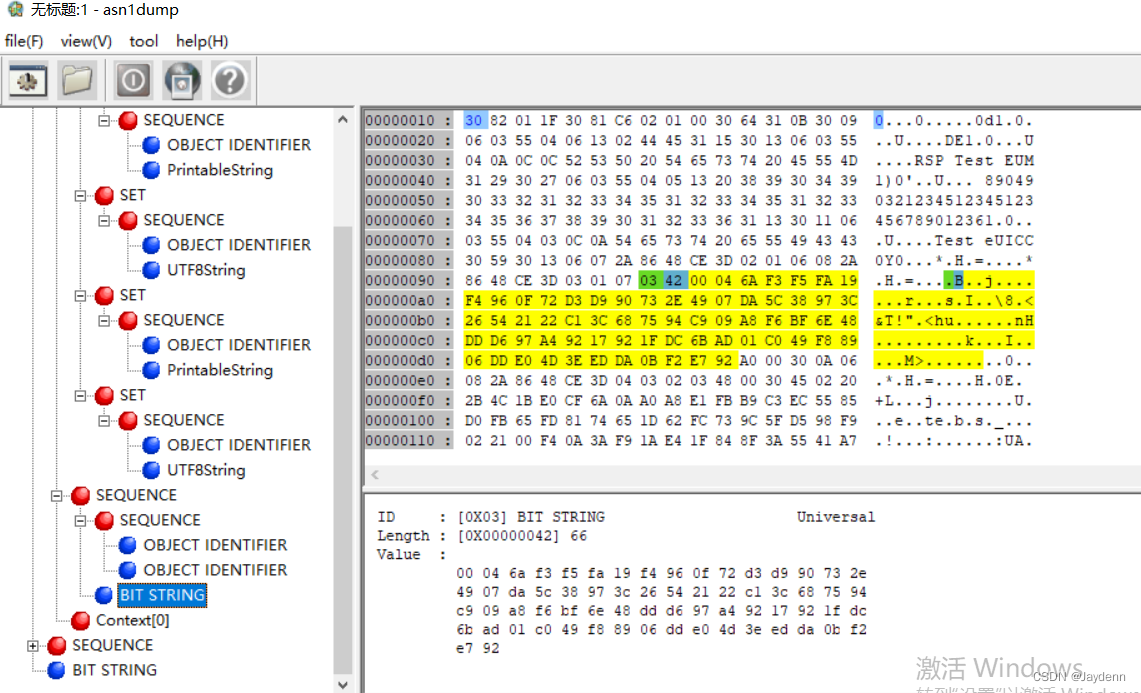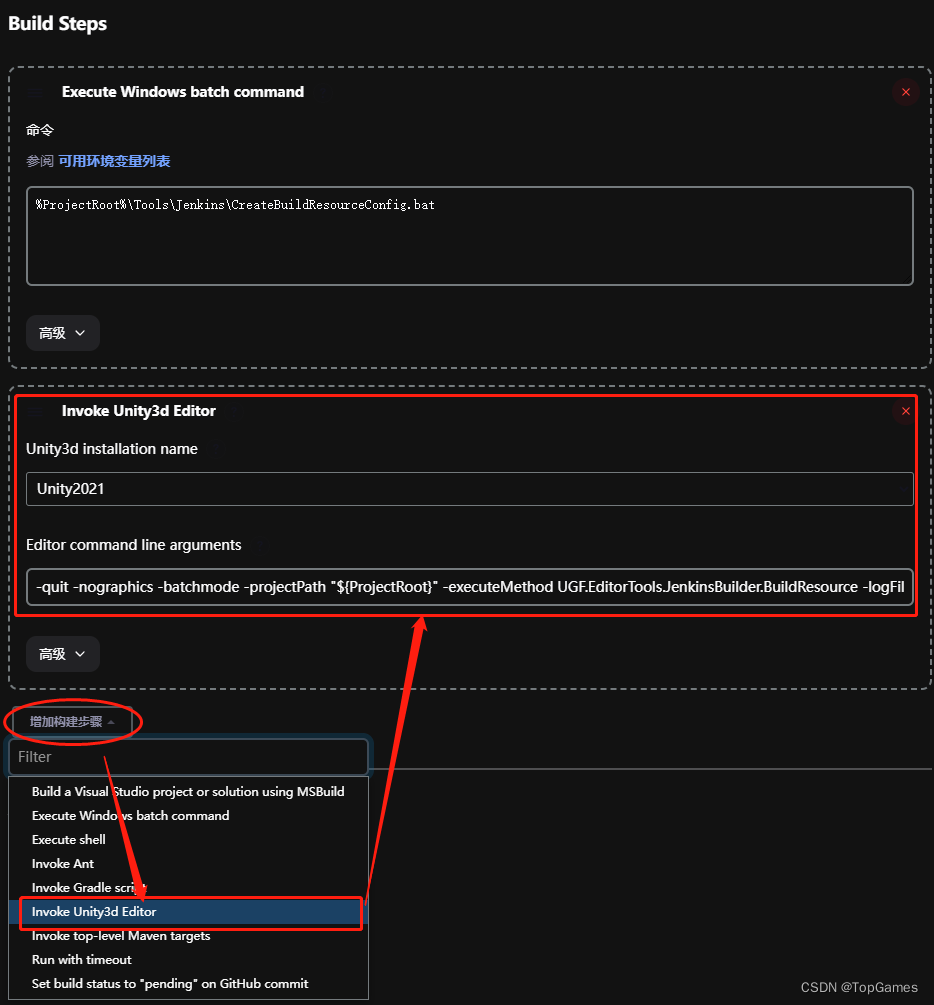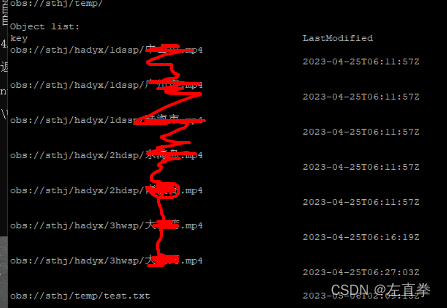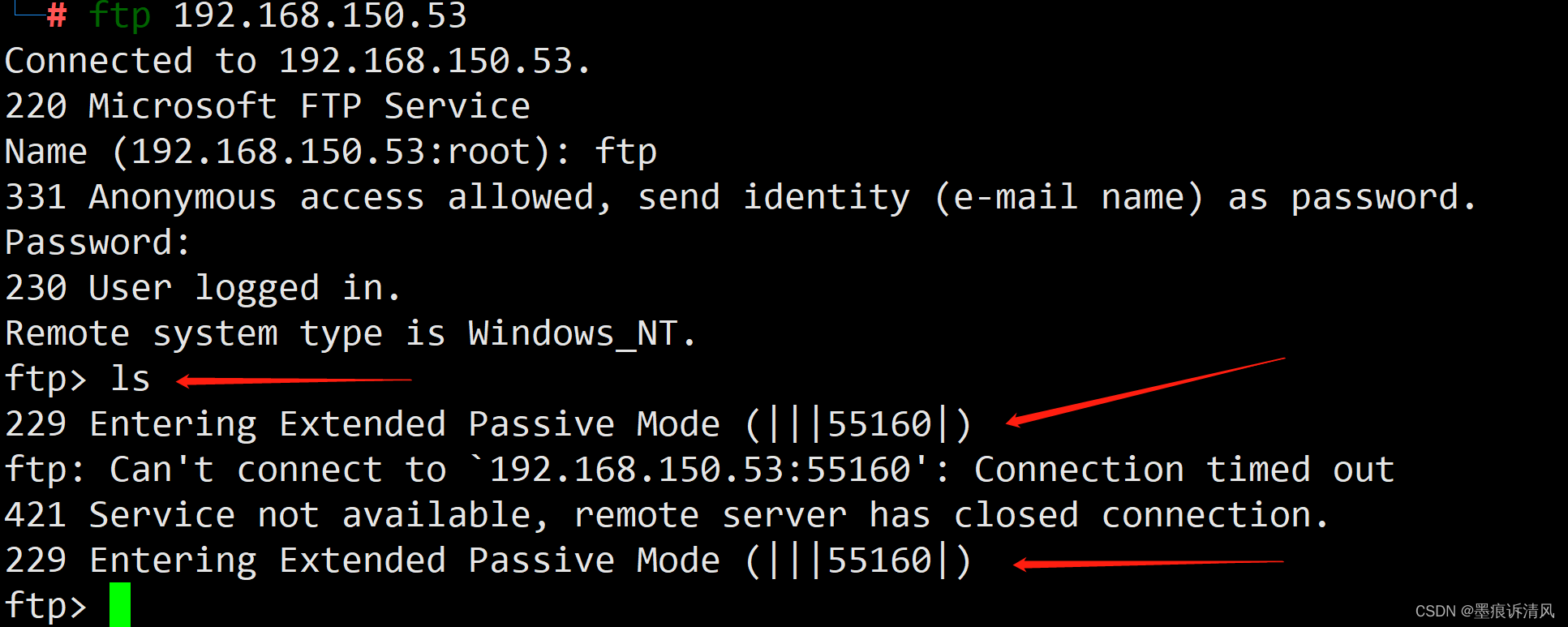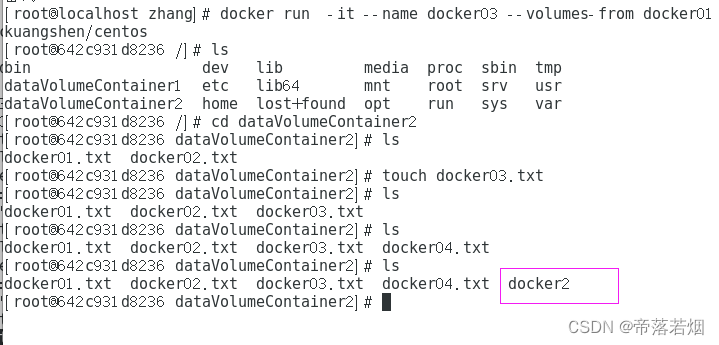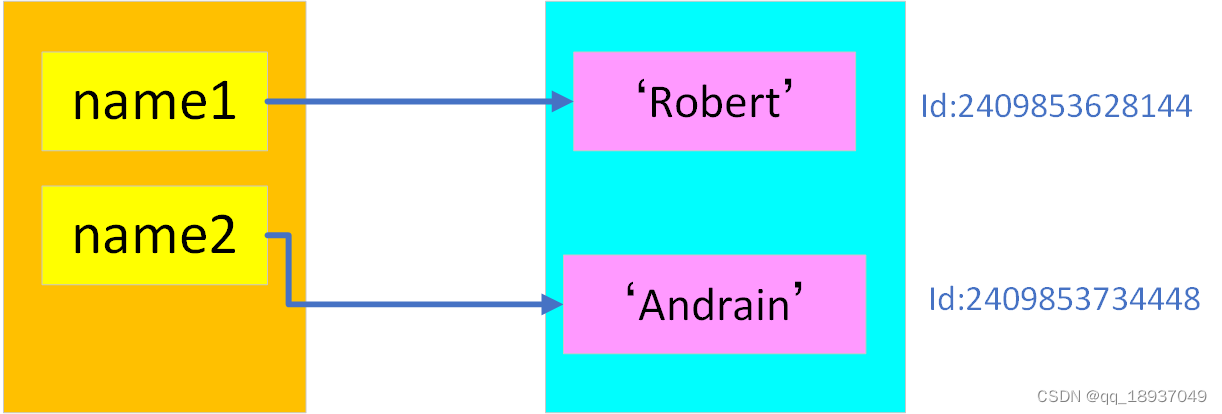k近邻法(k-nearest neighbor, k-NN)是一种基本分类与回归方法(下面只写分类的)
knn的输入为实例的特征向量,对应于特征空间的店;
输出为实例的类别。
knn假设给定的训练数据集,其中的实力类别已定,分类时,对新的实例,根据其k个最近邻的训练实例的类别,通过多数表决等方式进行预测。
算法
输入:训练数据集
T
=
{
(
x
1
,
y
1
)
,
(
x
2
,
y
2
)
,
⋯
,
(
x
N
,
y
N
)
}
T = \left\{\left(\mathbf{x}_1,y_1\right), \left(\mathbf{x}_2,y_2\right), \cdots, \left(\mathbf{x}_N,y_N\right)\right\}
T={(x1,y1),(x2,y2),⋯,(xN,yN)}
其中
x
i
∈
X
⊆
R
n
,
y
i
∈
Y
=
{
c
1
,
c
s
,
⋯
,
c
K
}
\mathbf{x}_i\in \mathcal{X} \subseteq \mathbb{R}^n, y_i \in \mathcal{Y}=\left\{c_1, c_s, \cdots,c_K\right\}
xi∈X⊆Rn,yi∈Y={c1,cs,⋯,cK},这里大写的
K
K
K表示类别,和knn的
k
k
k没有关系
输出:实例
x
\mathbf{x}
x所属的类
y
y
y
(1)根据给定的距离度量,在训练集
T
T
T中找出与
x
\mathbf{x}
x最近的
k
k
k个店,涵盖这
k
k
k个点的
x
\mathbf{x}
x的领域记作
N
k
(
x
)
N_k\left(\mathbf{x}\right)
Nk(x)
(2)在
N
k
(
x
)
N_k\left(\mathbf{x}\right)
Nk(x)中根据分类决策规则(如多数表决)决定
x
\mathbf{x}
x的类别
y
y
y
y
=
arg
max
c
j
∑
x
i
∈
N
k
(
x
)
I
(
y
i
=
c
j
)
,
i
=
1
,
2
,
c
…
,
N
;
j
=
1
,
2
,
⋯
,
K
y = \arg\max_{c_j}\sum_{\mathbf{x}_i\in N_k\left(\mathbf{x}\right)} I\left(y_i=c_j\right),\quad i=1,2,c\dots, N;\quad j=1,2,\cdots, K
y=argcjmaxxi∈Nk(x)∑I(yi=cj),i=1,2,c…,N;j=1,2,⋯,K
其中
I
I
I是指示函数,
y
i
=
c
j
y_i = c_j
yi=cj时为
1
1
1,其他时候为
0
0
0
kd树
由于线性扫描比较耗时,所以用kd树
构造
输入:
k
k
k维空间数据集
T
=
{
x
1
,
⋯
,
x
N
}
T=\left\{\mathbf{x}_1, \cdots, \mathbf{x}_N\right\}
T={x1,⋯,xN}(注意这里的这个k和knn的k没有关系)
其中
x
i
=
(
x
i
(
1
)
,
⋯
,
x
i
(
k
)
)
T
\mathbf{x}_i = \left(\mathbf{x}_i^{\left(1\right)},\cdots, \mathbf{x}_i^{\left(k\right)}\right)^T
xi=(xi(1),⋯,xi(k))T
输出:kd树
(1)开始:构造根节点,根节点对应于包含
T
T
T的
k
k
k维空间的超矩形区域
选择
x
(
1
)
\mathbf{x}^{\left(1\right)}
x(1)为坐标轴,以
T
T
T中所有的实例的
x
(
1
)
\mathbf{x}^{(1)}
x(1)坐标的中位数为切分点,将根节点对应的超矩形区域切分为两个子区域。
由根节点生成深度为1的左、右子节点:左子节点对应坐标 x ( 1 ) \mathbf{x}^{(1)} x(1)小于切分点的子区域,右子节点对应于坐标 x ( 1 ) \mathbf{x}^{(1)} x(1)大于切分点的子区域
(2)重复:对深度为 j j j的节点,选择 x ( l ) \mathbf{x}^{\left(l\right)} x(l)为切分的坐标轴, l = j ( m o d k ) + 1 l=j\left(\mod k\right) + 1 l=j(modk)+1,以该节点的区域中所有实例的 x ( l ) \mathbf{x}^{(l)} x(l)坐标的中位数为切分点,将该节点对应的超矩形区域切分为两个子区域。
由该节点生成深度为 j + 1 j+1 j+1的左、右子节点:左子节点对应坐标 x ( l ) \mathbf{x}^{(l)} x(l)小于切分点的子区域,右子节点对应于坐标 x ( l ) \mathbf{x}^{(l)} x(l)大于切分点的子区域
(3)直到两个子区域没有实例存在时停止,从而形成kd树的区域划分
补充:
找中位数,可以使用C++的nth_element,也就是快排里的partition
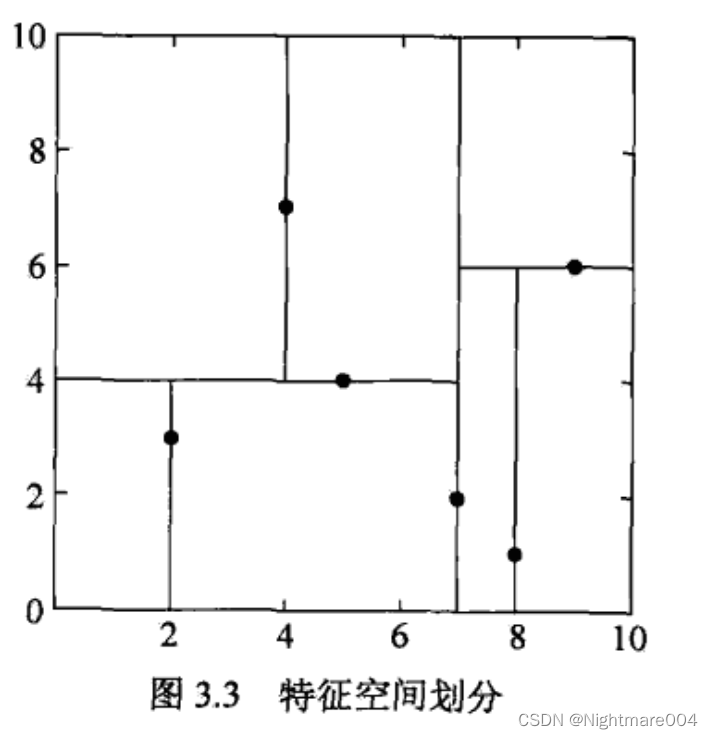
搜索
假设寻找
x
∈
R
k
\mathbf{x}\in\mathbb{R}^k
x∈Rk的
k
k
k个最近邻
(1)设
L
L
L为一个有
k
k
k个空位的列表,用于保存已搜寻到的最近点。
(2)根据
x
\mathbf{x}
x的坐标值和每个节点的切分向下搜索
(3)当达叶子节点时,如果
L
L
L里不足
k
k
k个点,则将当前节点的特征坐标加入
L
L
L;如果
L
L
L不为空并且当前节点的特征与
x
\mathbf{x}
x的距离小于
L
L
L里最长的距离,则用当前特征替换掉
L
L
L中离
x
\mathbf{x}
x最远的点。
(4)如果当前节点不是整棵树根节点,执行 (a);反之,输出
L
L
L,算法完成。
(a) 向上一层(当前节点的父节点)执行1和2。
- 如果此时 L L L里不足 k k k个点,则将节点特征加入 L L L;如果 L L L中已满 k k k个点,且当前节点与 x \mathbf{x} x的距离小于 L L L里最长的距离,则用节点特征替换掉 L L L中离最远的点。
- 计算 x \mathbf{x} x和当前节点切分线的距离。如果该距离大于等于 L L L中距离 x \mathbf{x} x最远的距离并且 L L L中已有 k k k个点,则在切分线另一边不会有更近的点,执行 (4);如果该距离小于 L L L中最远的距离或者 L L L中不足 k k k个点,则切分线另一边可能有更近的点,因此在当前节点的另一个孩子中从 (2) 开始执行。
这里(4)-(a)-2说的切分线的距离,指:设根据第
l
l
l个维度切分,那么计算
x
(
l
)
x^{(l)}
x(l)和切分线的距离
因此选的距离,应该是类似
L
p
L_p
Lp这种,这样如果距离大于等于
L
L
L中距离
x
\mathbf{x}
x最远的距离并且
L
L
L中已有
k
k
k个点,另一个区域中的点
x
i
\mathbf{x}_i
xi才能满足
d
(
x
,
x
i
)
≥
∣
x
(
l
)
−
x
i
(
l
)
∣
d\left(\mathbf{x}, \mathbf{x}_i\right) \ge \left|x^{(l)}-x_i^{(l)}\right|
d(x,xi)≥
x(l)−xi(l)
,进而舍弃这些点
代码
#!/usr/bin/env python
# _*_ coding:utf-8 _*_
from collections import Counter
import numpy as np
import heapq
import matplotlib
import matplotlib.pyplot as plt
from sklearn.datasets import load_iris
from sklearn.metrics import accuracy_score
from sklearn.model_selection import train_test_split
def distance(x, y):
return np.sqrt(np.sum((x.squeeze() - y.squeeze()) ** 2))
class KDNode:
def __init__(self, data=None, label=None, split_dim=None, split_val=None, left=None, right=None):
self.data = data # shape(n,)
self.label = label # shape(1,)
self.split_dim = split_dim
self.split_val = split_val
self.left = left
self.right = right
class KDTree:
def __init__(self, k, distance):
self.root = None
self.k = k
self.distance = distance
def _build_tree(self, X, Y, l, r, depth):
split_dim = depth % X.shape[1]
if l + 1 == r:
return KDNode(X[l], Y[l], split_dim, X[l, split_dim])
elif l >= r:
return None
# mid = l + (r - l) // 2
mid = (l + r - 1) // 2
partition = l + np.argpartition(X[l:r, split_dim], mid - l)
X[l:r] = X[partition]
Y[l:r] = Y[partition]
split_val = X[mid, split_dim]
root = KDNode(X[mid], Y[mid], split_dim, split_val)
root.left = self._build_tree(X, Y, l, mid, depth + 1)
root.right = self._build_tree(X, Y, mid + 1, r, depth + 1)
return root
def build_tree(self, X, Y):
self.root = self._build_tree(X, Y, 0, X.shape[0], 0)
def _search(self, x, root: KDNode, ans: list, k: int):
if not root:
return
elif root.left is None and root.right is None:
dist = self.distance(root.data, x)
if len(ans) < k:
# the id(root) here is to prevent heapq comparing the data and the label, because it is not comparable
heapq.heappush(ans, (-dist, id(root), root.data, root.label))
elif len(ans) == k and -dist > ans[0][0]: # dist1 < dist_max
heapq.heapreplace(ans, (-dist, id(root), root.data, root.label))
return
split_dim = root.split_dim
next_root, other_root = None, None
if x[split_dim] < root.split_val:
next_root = root.left
other_root = root.right
else:
next_root = root.right
other_root = root.left
self._search(x, next_root, ans, k)
dist = self.distance(root.data, x)
if len(ans) < k:
heapq.heappush(ans, (-dist, id(root), root.data, root.label))
elif len(ans) == k and -dist > ans[0][0]: # dist1 < dist_max
heapq.heapreplace(ans, (-dist, id(root), root.data, root.label))
if other_root is not None and np.abs(x[split_dim] - root.split_val) < -ans[0][0]:
self._search(x, other_root, ans, k)
def search(self, x):
ans = []
self._search(x.squeeze(), self.root, ans, self.k)
# ans.sort(key=lambda cur: -cur[0])
return [cur[2:] for cur in ans]
class KNN:
def __init__(self, k, distance):
self.kd_tree = KDTree(k, distance)
def fit(self, X, Y):
self.kd_tree.build_tree(X, Y)
def predict_one(self, x):
"""
:param x: x.shape=(n,)
:return:
"""
k_list = self.kd_tree.search(x)
# print(k_list)
cnt = Counter()
for p, y in k_list:
cnt.update({y: 1})
# weighted by 1/ distance
# cnt.update({y: 1.0 / distance(x, p)})
return cnt.most_common(1)[0][0]
def predict(self, X):
return np.array([self.predict_one(x) for x in X], dtype=np.int64)
if __name__ == '__main__':
# X = np.array([
# [6.27, 5.50],
# [1.24, -2.86],
# [17.05, -12.79],
# [-6.88, -5.40],
# [-2.96, -0.50],
# [7.75, -22.68],
# [10.80, -5.03],
# [-4.60, -10.55],
# [-4.96, 12.61],
# [1.75, 12.26],
# [15.31, -13.16],
# [7.83, 15.70],
# [14.63, -0.35]
# ])
# Y = np.random.randint(0, 2, X.shape[0])
# print(X)
# print(Y)
# knn = KNN(3, distance)
# knn.fit(X, Y)
# print(knn.predict(np.array([[-1, -5], [-1, -5]])))
iris = load_iris()
X = iris.data[:, :2] # (150,2)
Y = iris.target # (150,)
X_train, X_test, y_train, y_test = train_test_split(X, Y, stratify=Y, random_state=42)
n_neighbors = 5
knn = KNN(5, distance)
knn.fit(X_train, y_train)
y_pred = knn.predict(X_test)
print(y_pred)
# 查看各项得分
print("y_pred", y_pred)
print("y_test", y_test)
# print("score on train set", knn.score(X_train, y_train))
# print("score on test set", knn.score(X_test, y_test))
print("accuracy score", accuracy_score(y_test, y_pred))
# 可视化
# 自定义colormap
def colormap():
return matplotlib.colors.LinearSegmentedColormap.from_list('cmap', ['#FFC0CB', '#00BFFF', '#1E90FF'], 256)
x_min, x_max = X[:, 0].min() - 1, X[:, 0].max() + 1
y_min, y_max = X[:, 1].min() - 1, X[:, 1].max() + 1
axes = [x_min, x_max, y_min, y_max]
xp = np.linspace(axes[0], axes[1], 500) # 均匀500的横坐标
yp = np.linspace(axes[2], axes[3], 500) # 均匀500个纵坐标
xx, yy = np.meshgrid(xp, yp) # 生成500X500网格点
xy = np.c_[xx.ravel(), yy.ravel()] # 按行拼接,规范成坐标点的格式
y_pred = knn.predict(xy).reshape(xx.shape) # 训练之后平铺
# 可视化方法一
# plt.figure(figsize=(15, 5), dpi=100)
plt.contourf(xx, yy, y_pred, alpha=0.3, cmap=colormap())
# 画三种类型的点
p1 = plt.scatter(X[Y == 0, 0], X[Y == 0, 1], color='blue', marker='^')
p2 = plt.scatter(X[Y == 1, 0], X[Y == 1, 1], color='green', marker='o')
p3 = plt.scatter(X[Y == 2, 0], X[Y == 2, 1], color='red', marker='*')
# 设置注释
plt.legend([p1, p2, p3], iris['target_names'], loc='upper right', fontsize='large')
# 设置标题
plt.title(f"3-Class classification (k = {n_neighbors})", fontdict={'fontsize': 15})
plt.show()
参考:
统计学习方法(李航)
https://zhuanlan.zhihu.com/p/23966698
https://bitbucket.org/StableSort/play/src/master/src/com/stablesort/kdtree/KDTree.java
https://zhuanlan.zhihu.com/p/343657182



